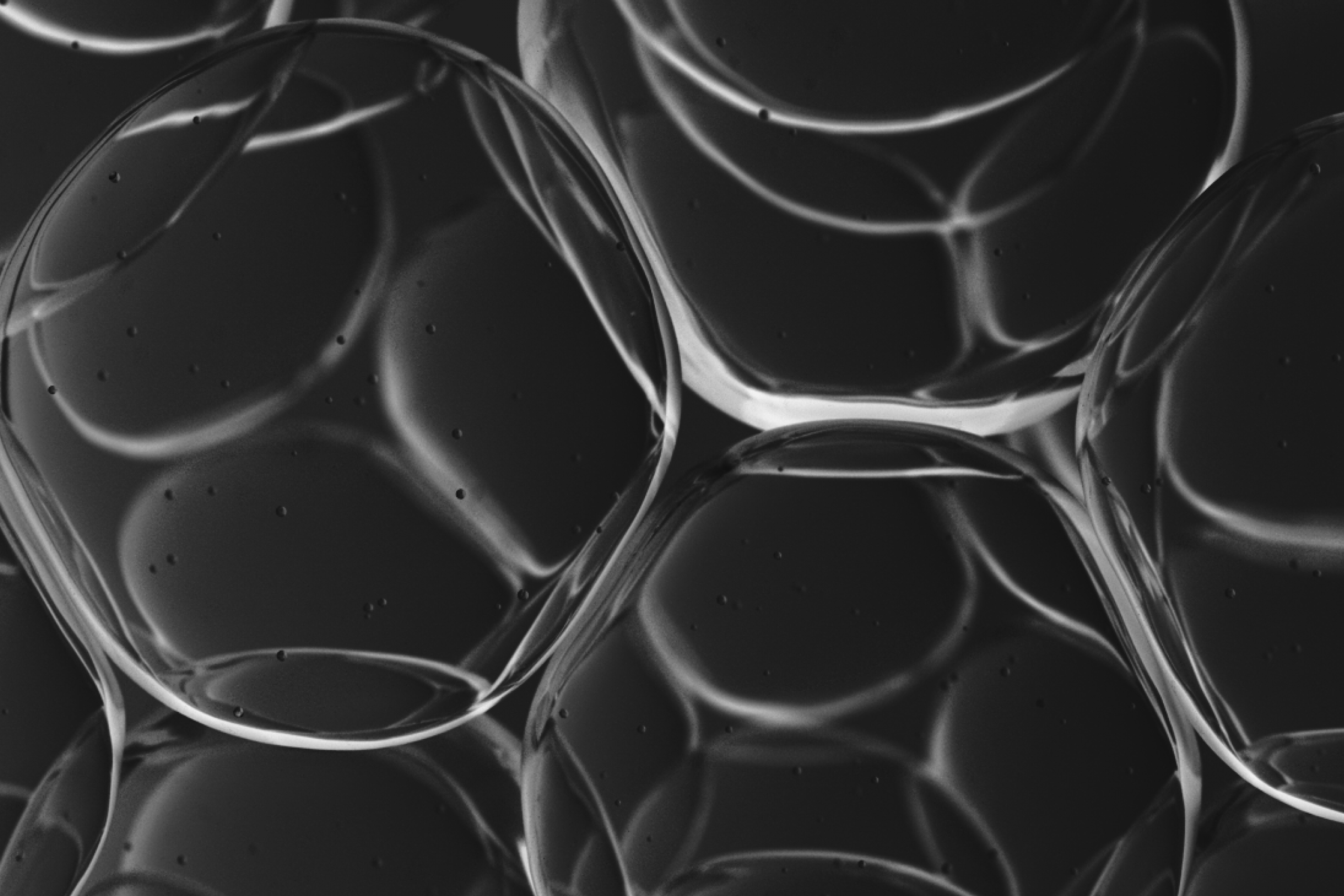The Mighty Mitochondria, The Organelle That Powers Our Cells
If you only remember the term “mitochondria” from high school biology, here’s a recap of what they are and why they are so important to our health.

February 28, 2019
6 min read
A refresher on Mitochondrial Health 101
You might remember the term “mitochondria” (singular “mitochondrion”) from high school biology, or be familiar with it if you’ve been keeping up with any of the recent science around aging and cellular health. Here’s a recap of what mitochondria are and why they are so important to our overall health.
What are mitochondria?
Mitochondria are often referred to as the “powerhouses” of the cell. They are small organelles that float around in almost every kind of cell in your body (red blood cells are the only kind that doesn’t have any). They make up 25% of the volume of any given cell (again, except for red blood cells). Mitochondria unlock the energy stored in the foods we eat and make it available to power our bodies. In fact, the vast majority of the chemical energy cells need to survive is produced by mitochondria (1, 2).
These organelles also have other functions, and they play an important role in cell survival and detoxification. Indeed, mitochondria break down – and sometimes recycle – waste products so that they are less harmful. Furthermore, they can affect how cells respond to infections or injury. In short, it’s thanks to them that cells work properly and remain healthy.
During evolution, these essential organelles used to be an independent bacterium that got engulfed by another cell. They started working together, and over time the result – mitochondria – have come to play a key role in our bodies. That’s why mitochondria are semi-autonomous and have their own DNA, which is circular just as in bacteria. They also have their own machinery to produce a number of mitochondrial proteins. Even if they boast a degree of independence, they constantly interact with the rest of the cell. This communication is essential for cellular homeostasis in health and disease (3).
Interesting fact: we get our mitochondria almost exclusively from our mothers (4).
How do mitochondria work?
Mitochondria are “built” through a process named mitochondrial biogenesis (5). These organelles then get interconnected in complex and beautiful networks. Part of these structures can fragment and generate smaller mitochondria, in a process called mitochondrial fission. On the other hand, new mitochondria can fuse together and increase the size and complexity of the network. Such fusion/fission dynamics serve to maintain healthy organelles and adapt them to different cellular and metabolic conditions (6).
Mitochondria have a double membrane, of which the inner part is folded to increase surface area (8). This is where several steps of aerobic cellular respiration take place. Cellular respiration is the process that turns the food we eat into fuel for the cell’s activities. It produces the majority of the body’s main source of energy, in the form of ATP molecules (short for adenosine triphosphate).
Many cellular processes rely on ATP, two examples being that it powers muscle contractions and cellular division, among other things.
When mitochondrion age, they lose efficiency. See the next section to find out what happens to them then.
What happens if mitochondria are damaged or malfunction?
Over time, there is a natural decline in mitochondria quality and activity, which is associated with normal aging (9). Mitochondria are also sensitive to nutrient deficiencies, environmental toxins, and oxidative damage (2). In a healthy cell, damaged or old mitochondria that don’t function at their best can be recycled through a process called mitophagy. Once digested, their parts are recycled (9).
If mitochondria are damaged or malfunctioning and normal cell processes to fix them aren’t able to take action, the overall cellular health is negatively impacted, and consequently, our overall health suffers. For example, reduced mitochondrial function can cause our muscles to become weaker, our cognitive function to decline, and our immune system to work sub-optimally. Mitochondrial dysfunction is a hallmark of aging (10) and contributes to several age-associated issues, such as muscle weakness (which can even develop into sarcopenia, a severe form of decline in skeletal muscle function) and cognitive impairments (11). Mitochondrial defects that prolong over time and/or become more severe can play an important role in the progression of various diseases linked to organs having a high density of mitochondria for their energy needs, such as neurodegenerative disorders (Alzheimer’s Disease, Parkinson’s Disease), cardiovascular diseases, diabetes, autoimmune diseases, just to mention few relevant examples (1, 2).
How can you keep your mitochondria healthy?
Two key elements contributing to healthy mitochondria are exercise and nutrition.
A lack of physical activity affects the efficiency and quantity of mitochondria. Both strength and endurance training have their role to play in keeping your cells healthy, making muscle and combating age-related weakness, respectively (12).
Nutrition is another important element, but following classic nutritional advice is not always enough. Different microflora compositions mean different rates of absorption of key nutrients in the digestive tract. While a balanced and healthy diet is important, to keep your mitochondria healthy you should also look into smart nutrition. Certain supplements and approaches are tailored to impact some of the key biological processes mentioned above, and can contribute to healthier mitochondria, improved cellular health, and consequently, a healthier you.
Authors
Amazentis Editorial Staff


